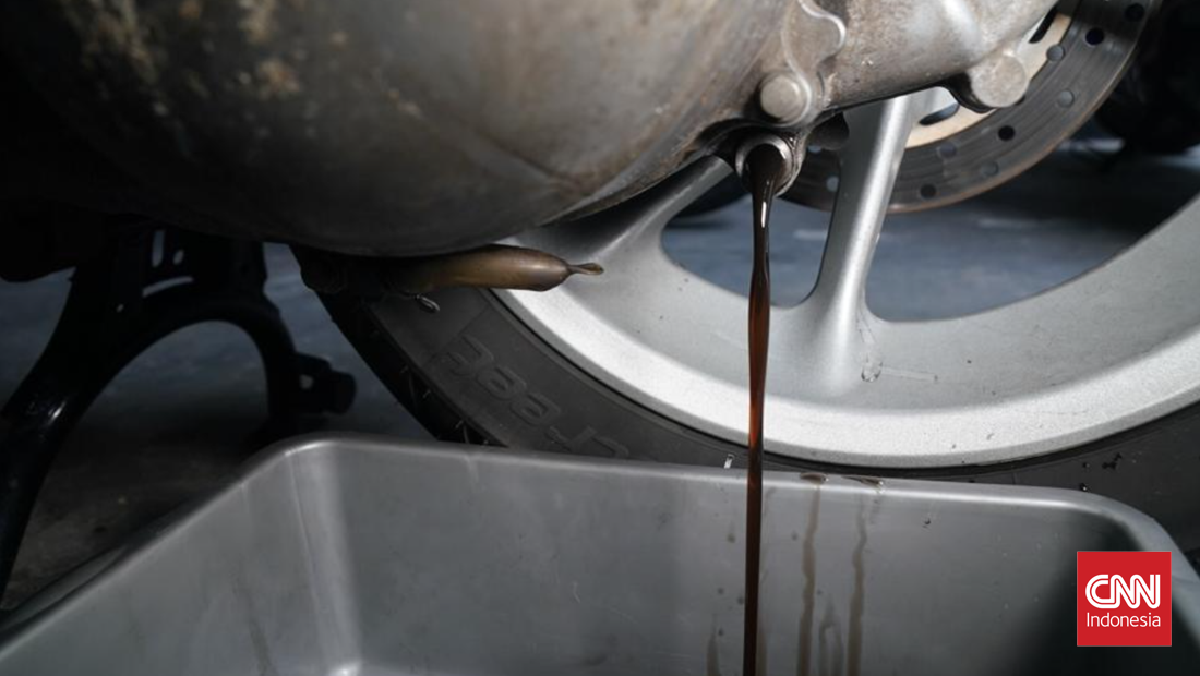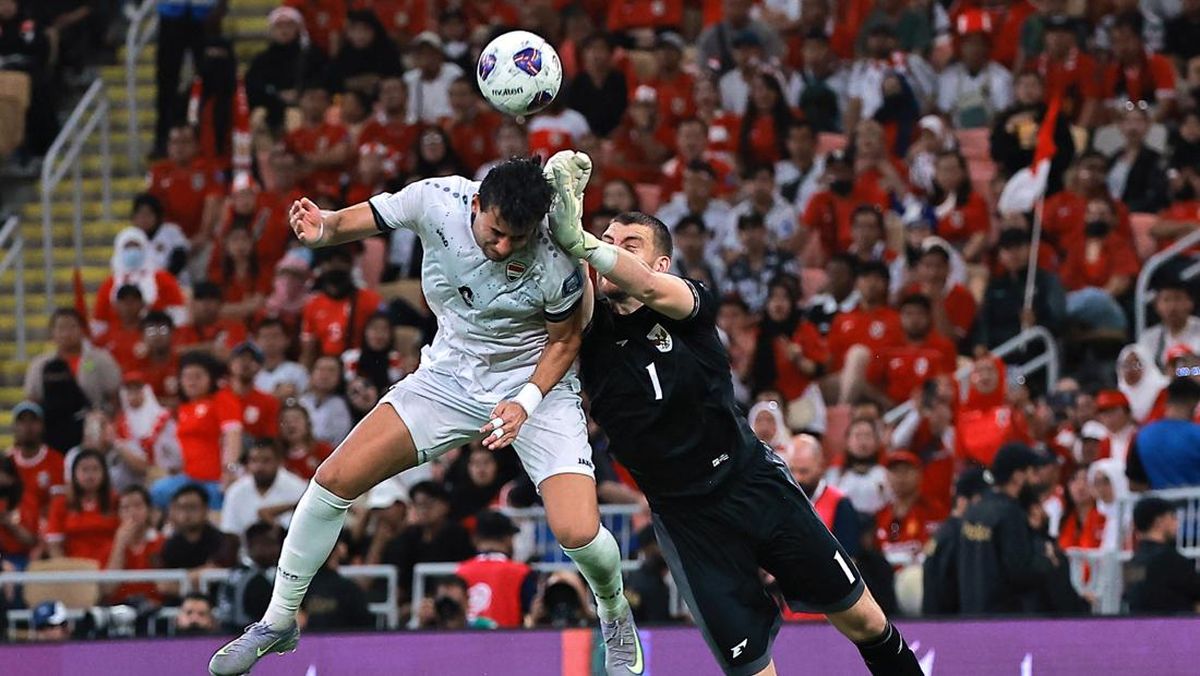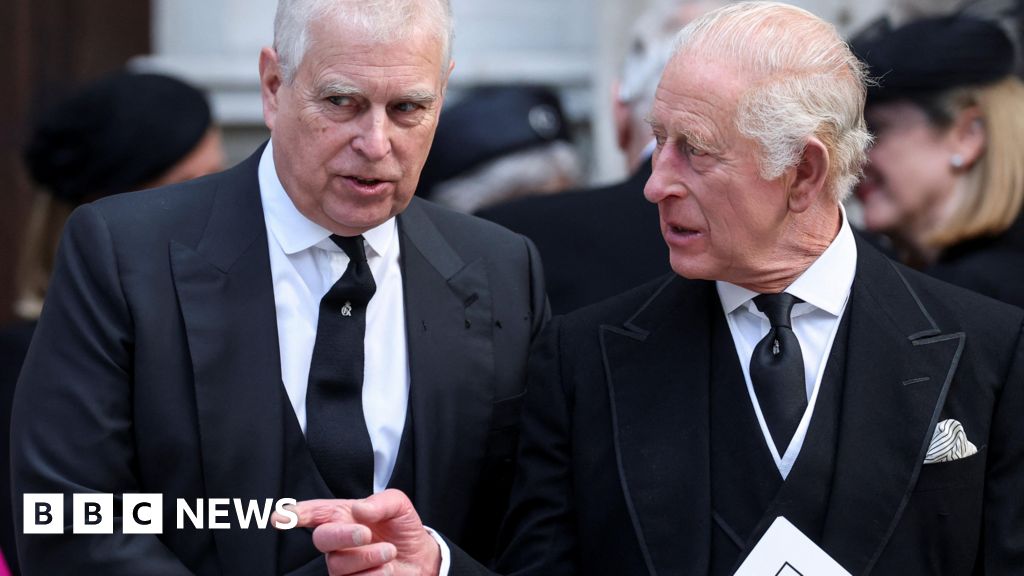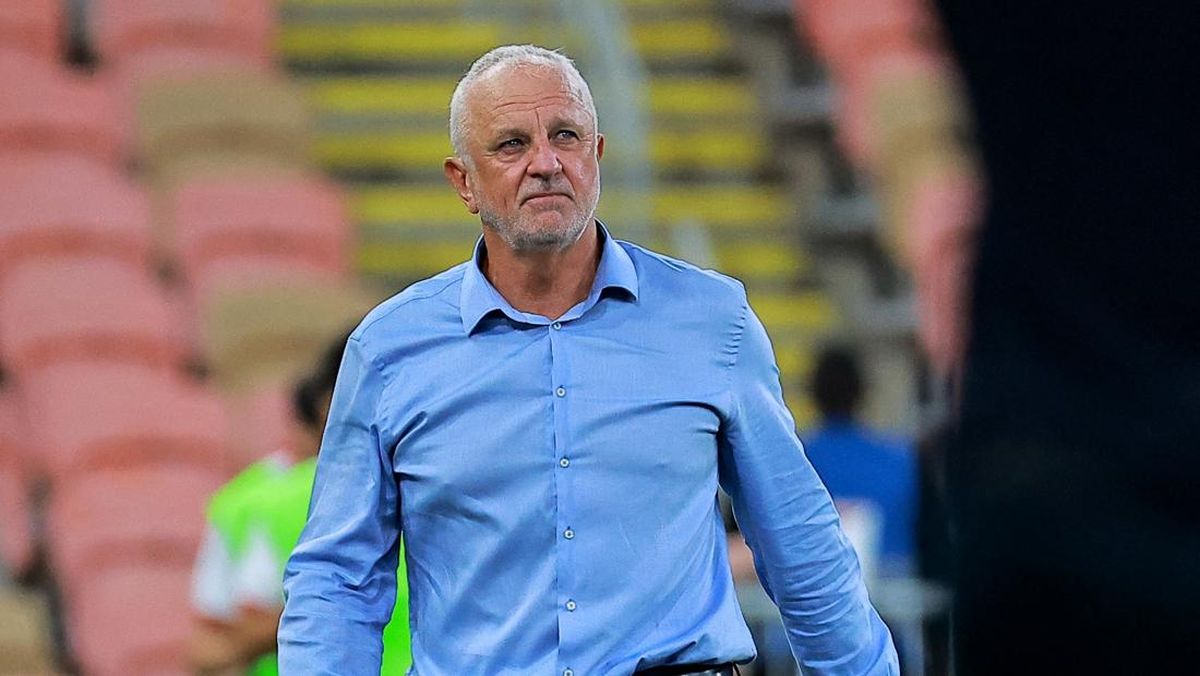By John Shand and Peter McCallum
October 12, 2025 — 1.02pm
THEATRE
THE SHIRALEE
Drama Theatre, until November 29
Reviewed by JOHN SHAND
★★★
A deep sense of mythology surrounds the reader in D’Arcy Niland’s 1955 novel, The Shiralee. It’s as if the very landscape of mid-20th-century Australia is misanthropic, while those inhabiting it can be as deadly as brown snakes.
In adapting the novel, playwright Kate Mulvany and director Jessica Arthur (for Sydney Theatre Company) have been aware of this quality, but they’ve only partially succeeded in transmitting it through their production. Too often this feels like a musical minus the songs: as gooey as a box of chocolates in the sun when attempting warmth of heart, and a little lame and stagy when shooting for menace.

Kate Mulvany, Ziggy Resnick and Josh McConville in The Shiralee for the Sydney Theatre Company.Credit: Prudence Upton
Niland’s novel tells of Mac, an itinerant jack-of-all-trades, who arrives back in Sydney to find his wife in bed with another bloke. Mac sorts out the bloke with his fists, and his wife by taking their daughter, Buster, and hitting the road. It’s a tale of a little girl adoring her remote, belligerent father, and gradually wearing away his armoured outer layer, almost as slowly as water acts on stone.
Given the limitations of child actors, Buster is now nine rather than four, which shifts the dynamic considerably, as a four-year-old is obviously more helpless and dependent. Mulvaney uses this shift to craft a more knowing, perceptive and wily Buster, and then Arthur has cast the notable Ziggy Resnick in the role. Although over a dozen years older than Buster, Resnick locates the truth of the bashfulness, eagerness, playfulness, bewilderment, humour, earnestness and staunch morality.

Ziggy Resnick and Josh McComville with Paul Capsis (centre) as Desmond the bush poet.Credit: Prudence Upton
Mulvany also makes Buster more influential and more evenly matched in size of role with Mac, played by Josh McConville. McConville is convincing as the bluff, taciturn man who solves money problems with his sweat, and people problems with his fists. Tempered like steel in a forge, he is loath to let this slip of a girl, this shiralee (or burden) change his pugnacious, self-absorbed life.
Niland peoples his novel with vivid incidental characters, and a further six actors assume multiple roles, including Mulvaney, herself, playing Marge, Buster’s mother, whom she makes more rounded and sympathetic now she’s not just being seen through Mac’s eyes.

Aaron Pedersen and Josh McConville in The Shiralee.Credit: Prudence Upton
Paul Capsis is ideal as the superbly eccentric Desmond, a cycling swaggie and published bush poet. He (as do most of the minor characters) offers flickers of illumination to the protagonists, especially Buster, who is photographic paper in this regard compared with Mac’s carbon paper. Stephen Anderson, Lucia Mastrantone, Aaron Pedersen and Catherine Van-Davies complete the cast.
Unlike the book, the story is told chronologically, which perhaps partly undermines that mythic quality: time is now linear rather than looped. But Jeremy Allen’s set bolsters the mythology, expertly using the Drama Theatre’s widescreen stage, while Jessica Dunn’s music amplifies the sense of space, foreboding and starry-skied wonderment. Alas, they can’t help the fact that when the play swerves back towards naturalism, it should be woven from grittier fabric.
MUSIC
HARRY BENNETTS PERFORMS BEETHOVEN’S VIOLIN CONCERTO
Sydney Symphony Orchestra, City Recital Hall,
Reviewed by PETER MCCALLUM
★★★½
Harry Bennetts played Beethoven’s Violin Concerto with a sweet sound, fine line and nuanced care, allowing the work’s beauties to unfold lyrically without false drama or undue storminess.
Conductor Umberto Clerici began the opening orchestral tutti with unhurried gentleness. There was no hint of spikiness when the string parts took up the quiet opening drum beats, and the phrases breathed in long lines, moving with the breadth and inevitability of a noble river.

Harry Bennetts, conductor Umberto Clerici and the Sydney Symphony Orchestra.Credit: Sydney Symphony Orchestra
When Bennetts took up the solo entry, it was not with the swagger of a virtuoso driven by posturing heroics, but rather with a focus on allowing the work’s intricacies to blossom with precision and clarity. In the codetta section, as the orchestra starts to surge, Bennett twice responded to the challenge with aptly projected vigour, but on the third, took on the Orphean task of taming them with quiet calm.
In the development section, when the soloist brings back the opening theme in B minor, high in the violin’s range, Bennetts created a memorable moment of transparent expressiveness without excess. The cadenza of the first movement (by Joachim) held attention with its even, unpressed resonance, contrapuntal clarity, glowing tone and true intonation without a hint of roughness or unwanted bow noise.
All of this, of course, requires some freedom with the tempo which, for me, was slightly overdone in the Coda. The slow movement captured a sense of fresh stillness, Bennett ornamenting the underlying orchestral theme with balanced ornamentation of silvery brightness. I occasionally found the sense of pulse in the orchestral playing floated so freely it almost dissolved.
The finale had beguiling buoyancy from both soloist and conductor. After another finely polished cadenza and exuberant Coda, Bennett started the last arpeggio with hushed insouciance as though beginning a new episode before the orchestra emphatically stopped any further discussion.
In the second half Clerici and the Sydney Symphony again emphasised gentle lyricism in Schubert’s Symphony No. 4 in C minor, D. 417 Tragic. The first movement was fretful and agitated (‘Tragic’ as a subtitle has always seemed a little overblown) and the second gracious. In the third movement, Clerici and the SSO played Schubert’s cross-accents to create a sense of poised ambiguity. The finale was neat and discursive, as the young Schubert (he was only 19) was prone to be.
Get the day’s breaking news, entertainment ideas and a long read to enjoy. Sign up to receive our Evening Edition newsletter.
Most Viewed in Culture
Loading


















































